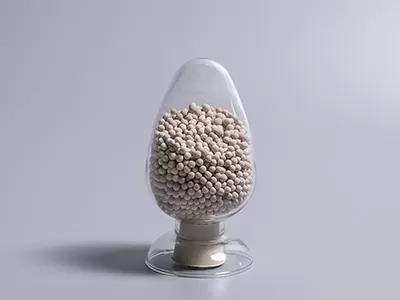molecular sieve exhibits a remarkably high specific surface area, a defining feature that underpins its exceptional adsorption capabilities. For common industrial types, 3A and 4A molecular sieves generally have a specific surface area between 600 and 800 square meters per gram. This range is attributed to their dense network of uniform micropores, which create extensive internal surfaces for molecular interactions.

13X molecular sieve, widely used in gas separation, boasts an even larger specific surface area, often reaching 800 to 1000 square meters per gram. Its expanded pore structure not only increases surface area but also enhances accessibility for larger molecules, making it effective in applications like nitrogen generation and hydrocarbon purification.
The specific surface area of molecular sieve directly influences its adsorption capacity. A larger surface area allows more molecules to be trapped within the sieve’s structure, improving efficiency in drying, separation, and purification processes. This is particularly evident in the packing of molecular sieve in industrial columns, where the high surface area ensures maximum contact with target substances.
Manufacturing processes, such as calcination temperature and particle size, can 微调 (fine-tune) the specific surface area. For instance, adjusting calcination conditions can optimize pore distribution, balancing surface area with mechanical strength—critical for maintaining performance in packed beds during repeated regeneration cycles.

